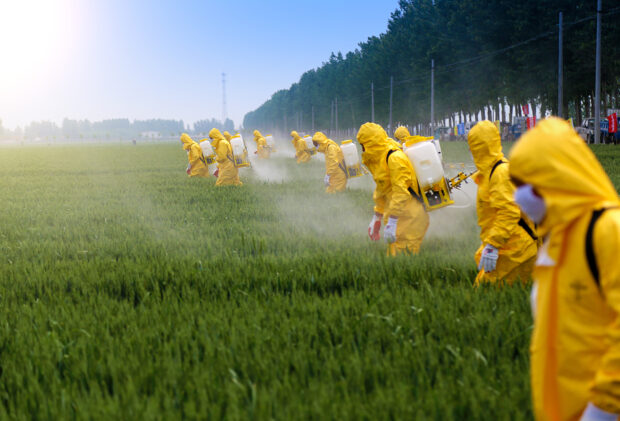Fen-phen, Baycol, Rezulin, Vioxx…
Executive Summary
"Literature pollution exclusions" are one tool insurers can use to underwrite pesticide risk profitably and sustainably, executives of Praedicat suggest in this article predicting a wave of pesticide lawsuits that rivals the litigation against pharmaceutical companies in the 1990s and 2000s. Praedicat's model puts expected losses for pesticide litigation in the low billions of dollars, but tail losses approach $100 billion, they report. Explaining how "literature pollution" fueled large verdicts in glyphosate (Roundup) cases, they say that glyphosate changed the rules of the game, as plaintiffs' lawyers scour the industry for signs that pesticide companies hid dangerous effects of their products, and scientists have renewed their interest in the study of the potential harmful effects of pesticides on humans and the environment.The 1990s and 2000s saw a tidal wave of pharmaceutical-related litigation that dominated the agenda of the plaintiffs’ bar. Mass torts over the negative health impacts of these drugs resulted in multibillion-dollar awards and enormous settlements paid for by the drug companies and their insurers and reinsurers.
No other industry has seen the frequency of severe liability losses that the pharmaceutical industry experienced in those years. Until recently, that is. One industry is beginning to see the emergence of a similar pattern: pesticides, which Praedicat forecasts could lead to as much as $100 billion in economic loss.
Pesticide Mass Torts
The recent trend started with the herbicide glyphosate. Monsanto began selling the chemical as a weedkiller in 1974 under the name Roundup. Scientists had long been interested in its impact on human health, but a wave of litigation started in 2015 when the International Agency for Research on Cancer (IARC) classified glyphosate as a “Group 2A carcinogen,” meaning that they assessed it as “probably carcinogenic to humans.” The designation was based on science that suggested exposure at work or in the home had caused non-Hodgkin’s lymphoma.



























